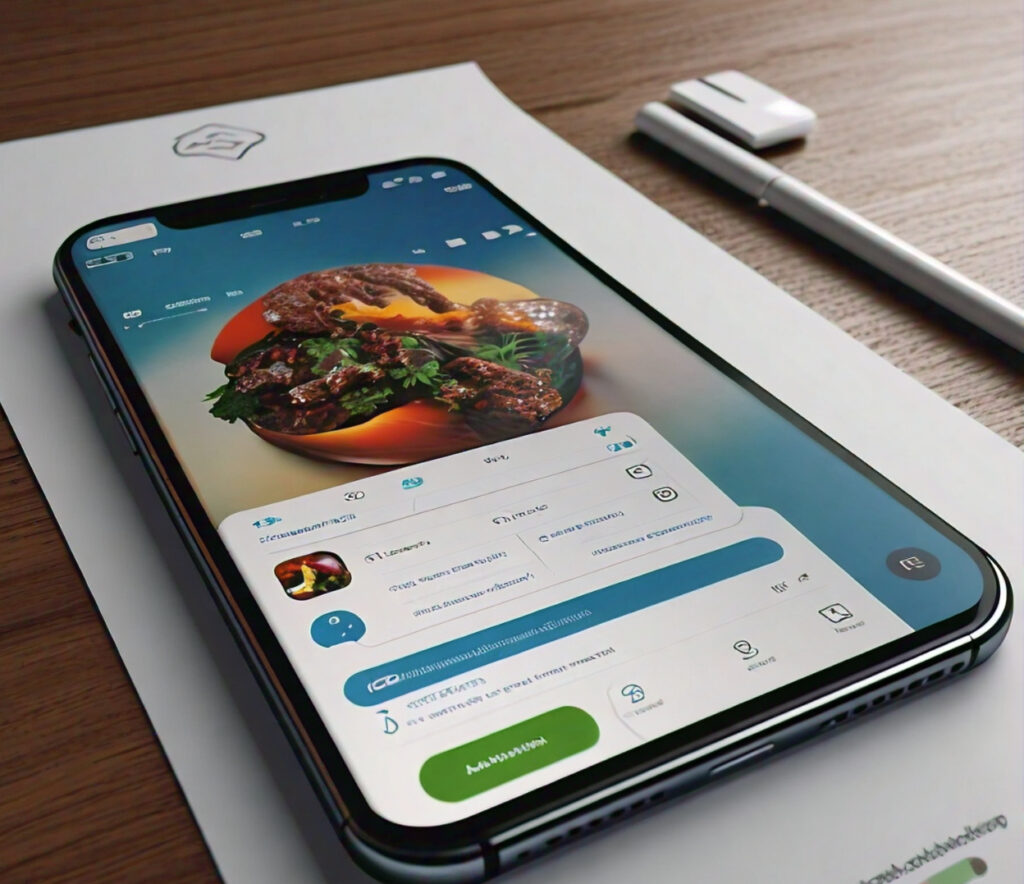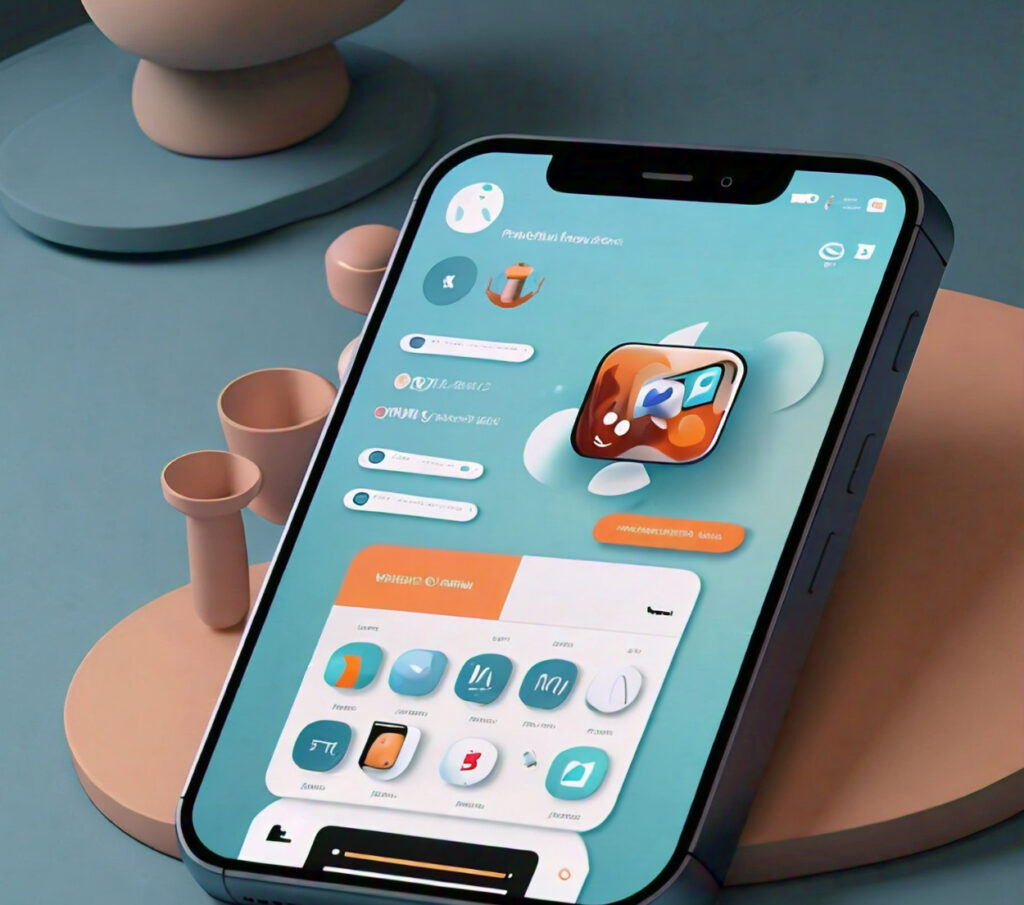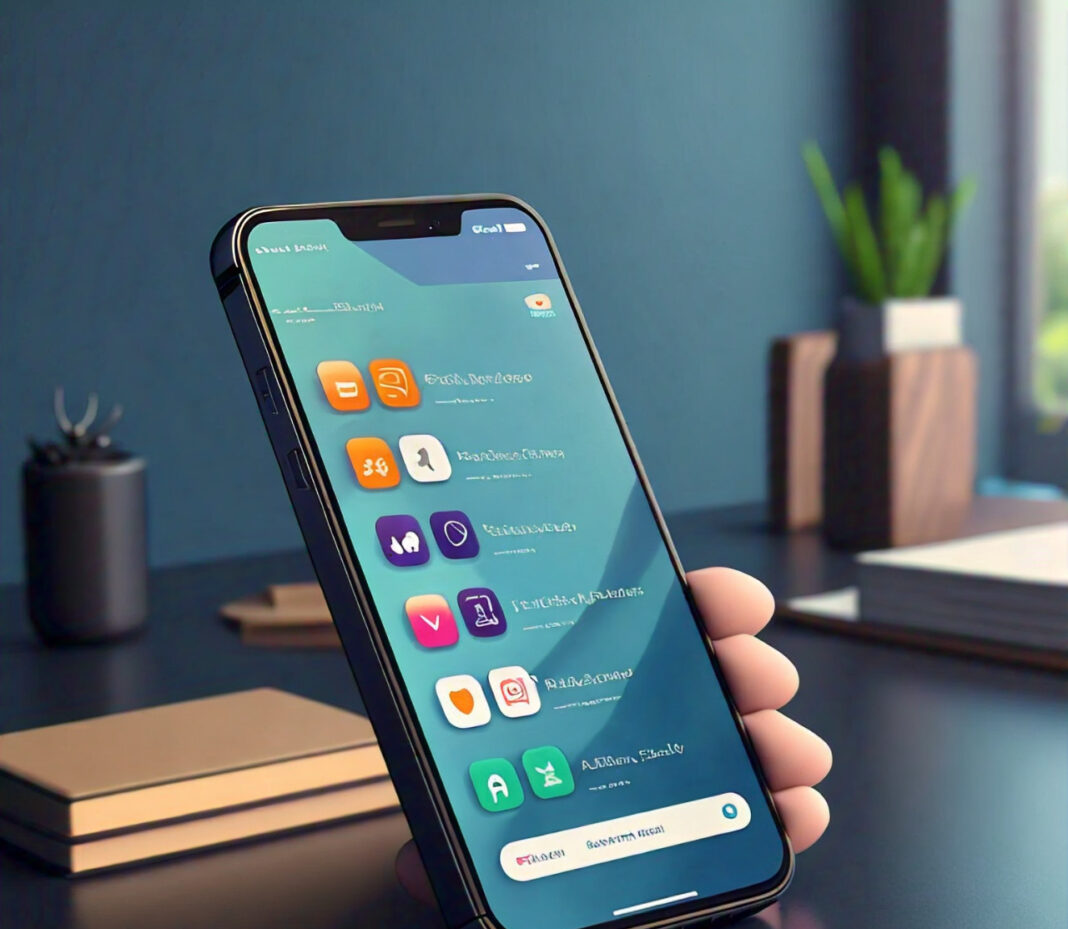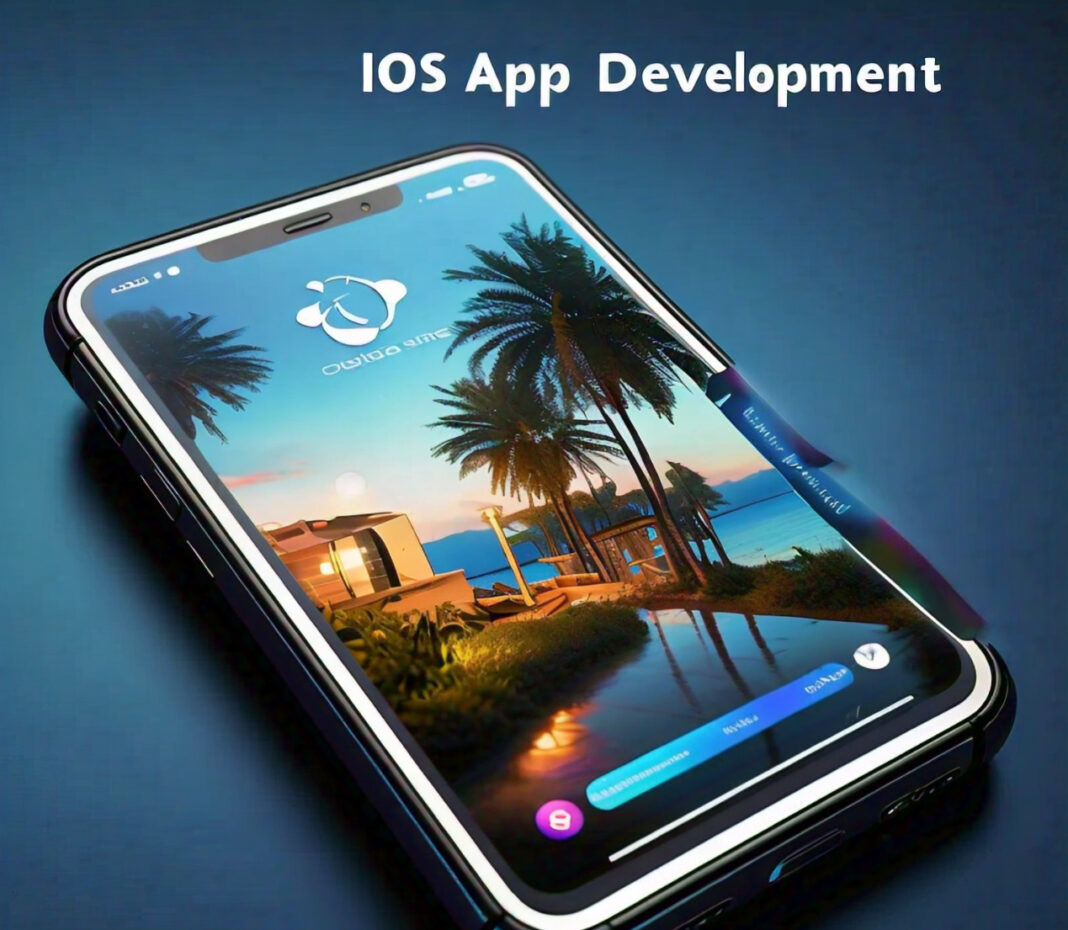In today’s digital age, there are mobile apps involved in our daily routine. Apps for food ordering to financial management are available for all our needs. But how are these apps created? Designing and creating an app is a combination of science with art, infused with creativity, technical skills, and a great deal of insight into what users want.

So, we will cover each of the stages of the design process, touching on key considerations, best practices, and common challenges. Whether you are a budding app developer, a curious user, or even a business owner who wants his or her app designed, this guide will at least help you grasp some details about the world of mobile app design.
The most basic necessity before any actual design work can take place is first to understand what mobile app design is.
1.1 Mobile App Design
Design means the whole process of creating the look, feel, and functionality of a mobile application. It deals with the user interface and user experience aspects.
1.2 UI vs. UX in Mobile App Design
By and large, these two words are used interchangeably, but in reality, there is a difference between UI and UX:
- User Interface: This comprises the app’s graphical components, such as buttons, icons, colors, and typography.
- User Experience: This ensures that an app is designed in such a way that the users find it easy to use effective and, most of all, a great experience.
The Mobile Application Design Process: Step-by-Step
Designing a mobile application includes several steps. It requires some proper planning and execution at each step. Let’s learn about each step in detail:

2.1 Conceptualization and Research
Any app design should start with a clearly stated purpose and an identified target audience.
Key activities:
- Market research
- Competitor analysis
- User persona development
- Setting objectives and features of the app
2.2 Wireframing
Wireframes are the most minimal type of layout that defines the structure of your app without any focus on the visual design elements of the app.
Why wireframing is done:
- To visualize the structure of an app
- Usability issues to be identified at an early stage
- Communication among team members is facilitated
Wireframing tools:
-Sketch
- Figma
- Adobe XD
2.3 Prototyping
Prototypes are the interactive representation of your app that simulates the user flow.
Types of prototypes:
- Low-fidelity prototypes: Simple and clickable wireframes
- High-fidelity prototypes: More detailed designs, close enough to the final product
Benefits of prototyping:
- Test for the flow and interaction with the user
- User feedback at an early stage
- Find and correct any usability problems
2.4 Visual Design
This is the stage where the visual identity of the app is developed, including color palettes, typography, and image use.
The key takeaway points include:
- Brand consistency
- Color psychology
- Accessibility
- Guidelines specific to the device—Including iOS vs. Android
2.5. User Testing
User testing is the process of trialing your app design with real users and receiving feedback on it.
How you can test with users can include:
In-person usability tests
Remote testing
A/B testing
The reasons that user testing is vital:
It uncovers usability issues
It confirms design decisions
It can improve the overall user experience
- Key Principles of Good Mobile App Design
The key principles that govern good mobile application design are a handful of ideals that the best app designs only follow, including the following:
3.1 Simple and Clear Design
Keep it clean and tidy. The users should be able to interact with the application intuitively.
How to make it simple:
- Use very basic language.
- Stays consistent with a designing language.
- Features that are core should be given priority.
3.2 User-Centred Design
In the course of design always keep the user in mind. His needs, his likes, his dislikes, and his pain areas are to be expected and taken into account.
Techniques of user-centered designing:
- In-depth user personas
- User interviews and surveys
- User feedback integration in the design process
3.3 Consistency
Keep consistency among your app UI elements, navigation, and behaviors.
Areas of consistency to be in check with:
Visual elements: color, typography, iconography
Interaction patterns
Terminology
3.4 Accessibility
Your app must be developed in a way that will let everyone be able to use it, whether they have any special abilities or not.
Some accessibility best practices include:
The contrast in color
Text size and clarity
Developing the app with support for screen readers
Alternative text for images
3.5 Performance
During app design aspects of the design should consider performance
Some performance-oriented
- Avoid unnecessary animations
- Offline first thinking whenever possible
- Tools and Technologies for Mobile App Design
There is ample help in the tools that can contribute as leverages through the entire design process of an App:
4.1 Design Software
Some of the popular design software includes
Adobe XD
Sketch
Figma
InVision
4.2 Prototyping Tools
Some are useful for interactive prototypes
Marvel
Principle
ProtoPie
4.3 Collaboration Tools
Some for enabling communication and feedback between the various teams
Zeplin
Abstract
InVision
- Designing for Different Platforms: iOS vs. Android
Some factors to consider when designing mobile apps across both iOS and Android.
5.1 iOS Design Guidelines
Key principles of the iOS design:
Clarity
Deference
Depth
Design elements specific to iOS:
San Francisco font
Top navigation bar
The tab bar at the bottom
5.2 Android Design Guidelines
Design principles of the Android design:
Material Design
Bold, graphic, intentional
Design elements specific to Android:
Roboto font
Floating action button
Navigation drawer
- Common Challenges with Mobile App Design
The biggest challenges designers face in designing mobile apps:
6.1 Screen Size Variations Designing a responsive layout becomes a challenge due to the availability of a lot of device sizes.
Solutions:
- Flexible layouts
- Designing for different breakpoints
- Prioritizing content for small screens
6.2 User Attention Span The time frame for mobile users is usually very short requiring such designs that can quickly engage and hold on to interest.
Strategies:
- Prioritizing key features
- Progressive disclosure
- Engaging on-boarding
6.3 Performance Constraints
Mobile devices have reduced processing power and shorter battery life compared to desktop computers.
Design considerations:
- Optimizing images and animations
- Minimized network requests
- Office design
6.4 Evolving Design Trends
It is often challenging to match the pace of changing design trends while remaining usable.
Solution:
- Timeless design principles are the magic sauce
- Implement new trends one step at a time
- Usability will always trump trendiness
- Emerging Trends in Mobile App Design
Mobile app design is a domain that does not stand still. Here are some current trends:
7.1 Dark Mode
Many apps now offer an option with a dark mode that provides relief from eye stress and aids battery life.
7.2 Microinteractions
The small engaging animations that give feedback and add to an overall user experience are increasingly dominant.
7.3 Voice User Interfaces
More and more apps support voice commands and interaction since the rise of voice assistants.
7.4 Augmented Reality (AR)
Its AR features are being included in apps ranging from gaming to shopping.
7.5 Gesture-Based Navigation
As phone screens grow larger, gesture-based navigation becomes more common to enable one-handed use of more apps easily.
Conclusion:
The design of a mobile app is an interdisciplinary process—creativity, technical skills, and a sense of compassion. From the conceptualization of a design to a final product, each step in the design process is critical in making an app both visually appealing and completely functionally user-friendly.
Good mobile app design follows an understanding of its users, established principles of design, and the ability to adapt to ever-changing trends in technology. By abiding by a structured design process, bearing in mind the specified guidelines for the particular platform used, and collecting constant feedback from users, designers will have effectively made an app that will appeal to their target audience.
The profession of app design will be in constant growth with the growth of mobile technology. Only the designers who very delicately balance timeless principles and emerging trends, with a focus on what the user needs, will come out on top.
Whether you are an experienced designer or just starting in the world of mobile app creation, always remember that great app design truly lies in an iterative process. It will take patience, creativity, and the ability to learn and adapt. With these qualities in mind and guidance from the recommended guidelines presented in this paper, you should be closer to being able to design not just great-looking but user-centric, value-providing mobile apps.






